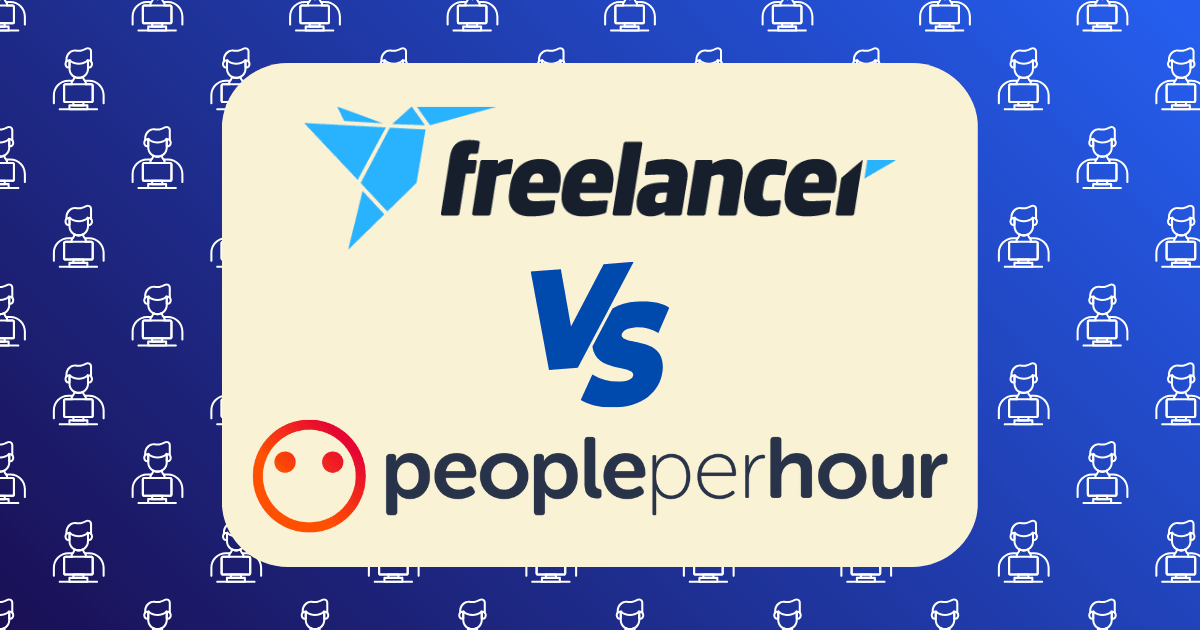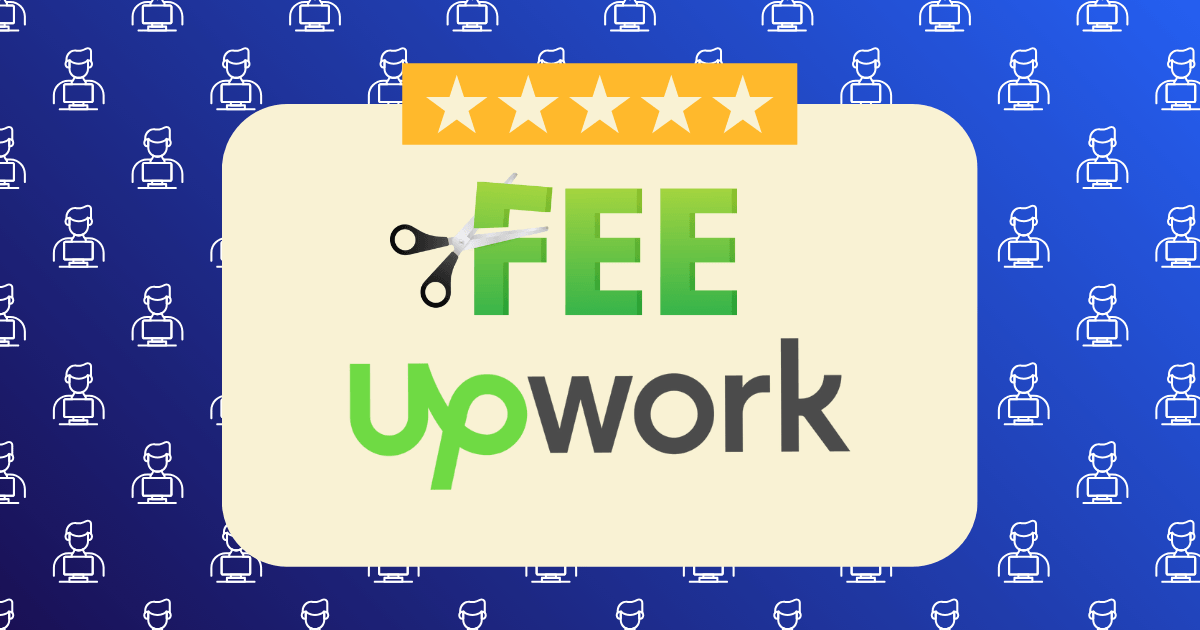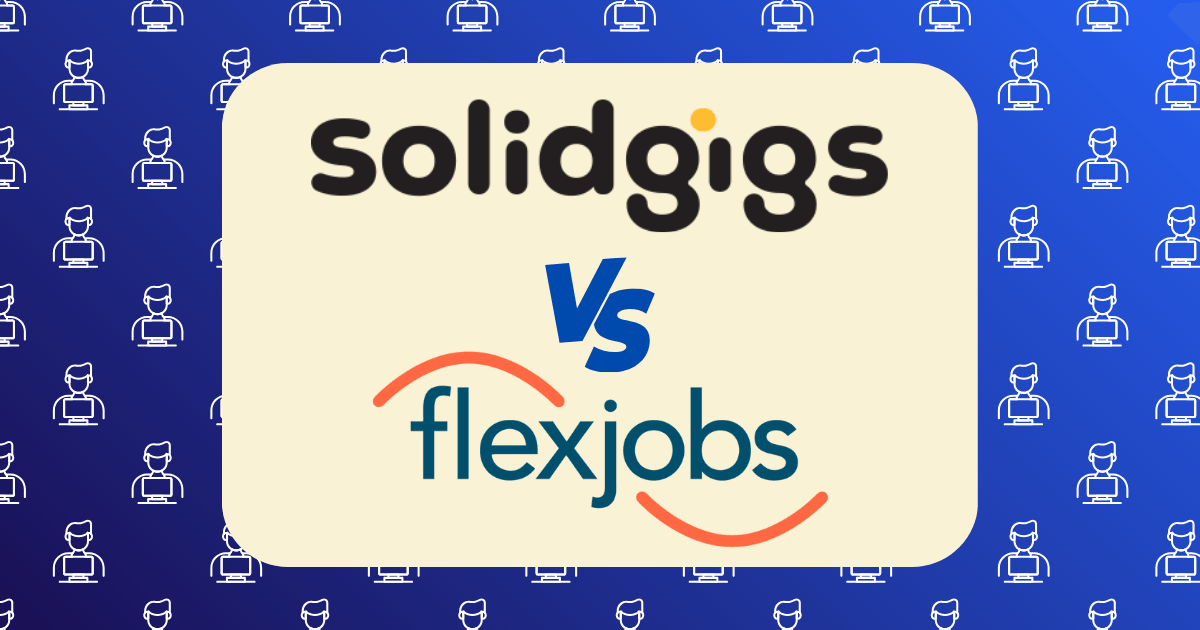Zero to $1,000: How to Land Your First Freelance Writing Client in 30 Days

The psychological barrier between aspiring to be a freelance writer and actually earning your first $1,000 is substantial. Yet this transition represents more than just financial gain—it’s the critical threshold where identity transformation begins. This comprehensive guide leverages both psychological principles and market-tested strategies to help you cross this threshold efficiently and deliberately.
Understanding the Freelance Writing Landscape
Before developing your strategy, it’s essential to understand the current market reality. According to recent freelance industry statistics, only 8.7% of new writers with English as their primary language manage to earn $1,000 within their first 90 days—even when dedicating 40 hours weekly to the pursuit. This statistic isn’t meant to discourage but to establish realistic expectations and prepare you mentally for the disciplined approach required.
The average freelance writer earns approximately $29 per hour or $5,082 monthly when established—a compelling incentive to persist through the initial client acquisition phase. Your goal is to position yourself within this earning bracket by executing a strategic 30-day plan.
The Psychology of Client Acquisition
As someone with an understanding of psychology, you’ll appreciate that client acquisition is fundamentally about perceived value and trust. The primary psychological barriers you’ll need to overcome include:
- Status anxiety: Potential clients naturally gravitate toward established writers
- Decision paralysis: Clients face overwhelming options when selecting writers
- Risk aversion: New client relationships represent unknown variables and potential risks
Your 30-day strategy must address these psychological factors directly by:
- Demonstrating expertise despite limited experience
- Making your value proposition unmistakably clear
- Reducing perceived risk through social proof mechanisms
Week 1: Foundation Building (Days 1-7)
Define Your Specialized Value Proposition
Generic writers struggle to command premium rates. Research by the Content Marketing Institute indicates that specialized writers earn 23-47% more than generalists. Select a niche where:
- You possess unique knowledge or interest
- Market demand exists
- Competition is manageable
Action steps:
- Conduct market research on 3-5 potential niches
- Analyze competitor rates and positioning
- Define your unique angle within your chosen niche
Create Your Professional Infrastructure
Establish the minimum viable professional presence:
- Professional website: Create a focused, single-page site showcasing your expertise and writing samples
- LinkedIn optimization: Restructure your profile to highlight your specialized writing services
- Portfolio development: Create 2-3 high-quality writing samples in your niche
Pro tip: If you lack published work, create speculative pieces (“spec work”) demonstrating your capabilities in your chosen niche. These serve as powerful portfolio pieces without requiring client approval.
Week 2: Strategic Positioning (Days 8-14)
Develop Your Outreach Framework
Cold outreach remains among the most effective methods for securing initial clients. The psychological principle of reciprocity suggests that personalized, value-focused outreach generates significantly higher response rates.
Create your outreach template:
- Personalized introduction referencing specific client work
- Clear value proposition aligned with client needs
- Specific call-to-action
- Professional signature with contact information
Identify Your Initial Prospect List
Quality outreach to targeted prospects yields superior results to mass-market approaches. Identify 30-50 potential clients who:
- Actively publish content in your niche
- Have demonstrated willingness to work with freelancers
- Appear to have sufficient budget for quality content
Action steps:
- Research companies through LinkedIn Sales Navigator (free trial available)
- Analyze content marketing efforts via company blogs
- Identify decision-makers through organizational charts
Week 3: Execution Phase (Days 15-21)
Implement Your Outreach Campaign
Psychology research on persuasion principles demonstrates that consistency in follow-up dramatically increases response rates. Your outreach schedule should include:
- Initial personalized contact
- Value-adding follow-up within 3-4 days
- Final opportunity message after another 3-4 days
Pro tip: Track all communications in a spreadsheet to ensure consistent follow-up and prevent missed opportunities.
Leverage Alternative Client Acquisition Channels
While direct outreach forms your primary strategy, supplement with:
- Strategic networking: Connect with 5-10 established writers in your niche who might refer overflow work
- Selective platforms: Create profiles on 2-3 specialized platforms like Contently or ClearVoice that cater to professional writers
- Content marketing agencies: Submit applications to 3-5 agencies that specialize in your niche
Week 4: Conversion and Scaling (Days 22-30)
Perfect Your Client Conversion Process
When opportunities emerge, your ability to convert interest into paid work becomes crucial. Prepare:
- Rate sheet: Clear, confidence-inspiring pricing structure
- Project brief template: Professional document for gathering client requirements
- Contract template: Simple yet comprehensive agreement protecting both parties
Implement Psychological Triggers in Your Proposals
Research on decision-making psychology reveals that proposals incorporating certain elements secure higher conversion rates:
- Social proof: References or testimonials (even from non-writing contexts initially)
- Scarcity: Limited availability for new clients
- Risk reversal: Satisfaction guarantee for first-time clients
Example proposal structure:
- Client-specific problem statement
- Proposed solution with clear deliverables
- Investment and timeline
- Risk reversal element
- Simple next steps
Beyond the First $1,000
The psychological significance of earning your first $1,000 extends beyond the financial milestone—it represents empirical proof of your professional identity as a writer. This cognitive shift from “aspiring writer” to “professional writer” fundamentally alters how you approach subsequent client acquisition.
Research from the Journal of Personality and Social Psychology suggests that identity-based motivation significantly impacts persistence and achievement in professional domains. Once you’ve secured your first client and reached the $1,000 threshold, leverage this identity reinforcement to:
- Request testimonials and referrals
- Gradually increase your rates
- Develop systems for consistent client acquisition
The Psychological Edge: Consistency Over Perfection
The most successful new freelance writers understand that consistency trumps perfection. As noted by one writer who documented their journey on Medium, “improvement comes from practice, not waiting for perfection.”
Implement a daily activity quota that includes:
- 5-10 personalized outreach messages
- 1-2 hours of skill development
- 30-60 minutes of network building
This systematic approach, maintained consistently over 30 days, dramatically increases your probability of securing your first client and reaching the $1,000 milestone.
Conclusion: The Transformation Beyond Income
While this guide focuses on the practical path to earning your first $1,000, the true value lies in the professional transformation this process initiates. By implementing these psychologically-informed strategies consistently over 30 days, you position yourself not just for initial success but for sustainable growth in your freelance writing career.
The journey from zero to $1,000 represents more than financial gain—it establishes the foundation for financial independence through a skill-based business you control entirely. This aligns perfectly with the wealth-building mindset that differentiates those who merely aspire from those who achieve.
What step will you implement first in your 30-day plan? The psychological principle of implementation intention suggests that committing to a specific first action dramatically increases follow-through. Decide now, and take that first step toward your freelance writing success.







